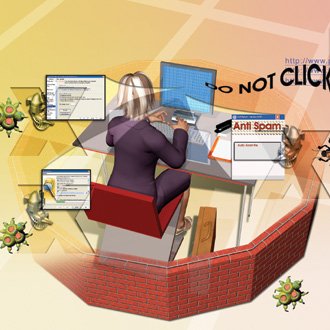Chapter 12. How Instant Messaging Pests Work
| Instant messaging has become a way of lifenot just for teens and children, but for people of all ages and even those in the corporate world, who use it for communicating while at work. With instant messaging, you hold live keyboard conversations with other people on the Internetthat is, you type words on your computer and other people on the Internet can see those words on their computers immediately, and vice versa. The first instant messaging used over the Internet was Internet Relay Chat (IRC). The capability to hold IRC chats is built directly in to the Internet. At one time, thousands of people all over the world used it to communicate with one another. It has even facilitated communications during natural disasters, wars, and other crises. In 1993, for example, during the attempted Communist coup in Russia when Russian legislators barricaded themselves inside the Parliament building, an IRC "news channel" was set up for relaying real-time, first-person accounts of the events taking place. IRC is not particularly easy to use and is not used very frequently today. But there are people who use IRC for nefarious purposes. In certain circumstances, the protocols that make IRC possible can also be used to take control of people's PCs. In addition, IRC is used by those who control so-called zombie networks to attack computers or send millions of pieces of spam. (For more details, refer to Chapter 7, "How Zombies and Trojan Horses Attack Youand How to Protect Against Them." Today, most instant messaging takes place using special software, notably AOL Instant Messenger (AIM), MSN Messenger, Yahoo! Messenger, and similar programs. When you run the software, you can communicate only with others who use the same softwarethe programs do not talk to one another. It should come as no surprise that because instant messaging has become so popular, hackers and pests have followed. The security firm IMlogic reports that AOL Instant Messenger, MSN Messenger, and Yahoo! Messenger each send more than one billion messages per day. The firm says that instant messaging traffic will exceed email traffic by the end of 2006. That's too big a target to ignore. So, even though instant messaging pests were unknown only a few years ago, they're common today. IMlog says that in 2005, instant messaging and similar threats increased by an astonishing 1,693% over 2004, with a total of more than 2,400 unique threats. Despite this massive growth in instant messaging pests, many people do not realize that they are vulnerable, which is one of the reasons so many of the threats succeed. As you'll see in this chapter, although the pests are designed cleverly, there are also many ways that people can protect themselves. |
EAN: 2147483647
Pages: 161
